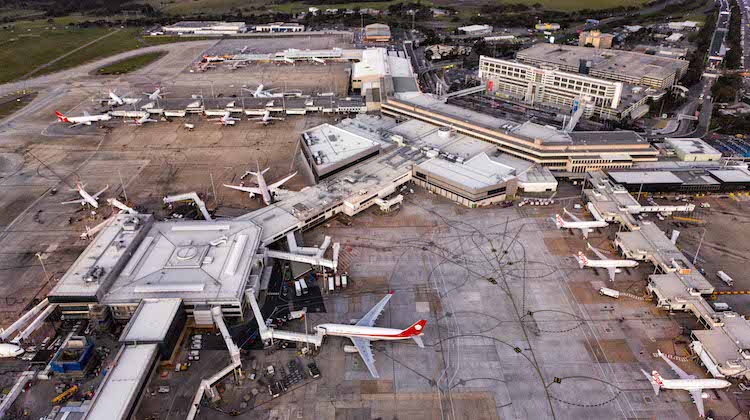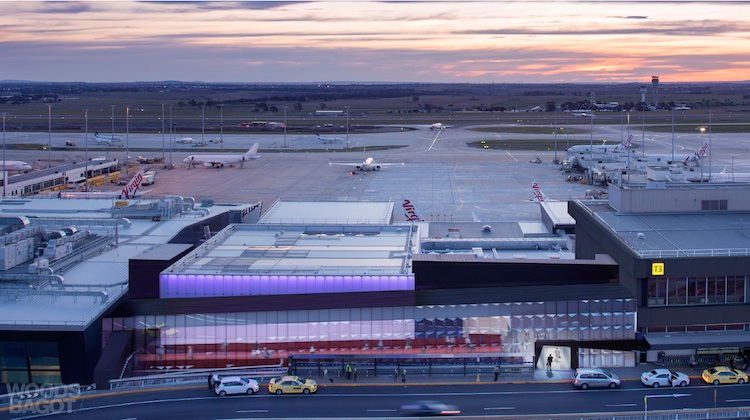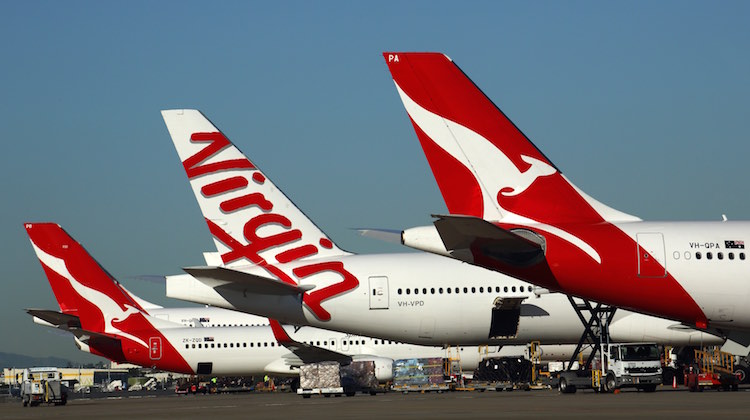
Melbourne Airport chief executive Lyell Strambi says the energy sector is a good example of what happens to an industry facing regulatory uncertainty and has urged the aviation sector not to go down the same path.
The regulation of Australia’s airports is currently the subject of a Productivity Commission inquiry.
Submissions to the inquiry, which commenced in June, have included calls to change the current regulatory arrangements for the nation’s airports, which some have described as natural monopolies with no effective competition or reason to change or innovate and calls to change.
In response, the Australian Airports Association (AAA) told the Productivity Commission the current framework had led to better quality of service outcomes, cheaper airfares for passengers and increased discounts to airlines on international charges.
Strambi said investment and superannuation funds, which hold large stakes in a number of Australia’s major airports, wanted regulatory certainty.
“It really concerns me greatly to see some of the regulatory uncertainty and upheaval in some other segments at the moment,” Strambi told the AAA national conference in Brisbane on Tuesday.
“You know the change in the energy market at the moment, that constant change, I think is just having a chilling effect on investment.
“We as a nation can’t afford that kind of attitude towards investment in airports. The cost would be huge to us.”

The terms of reference indicated the Productivity Commission would seek to determine the effectiveness and efficiency of the current arrangements and determine whether they remained appropriate.
Further, the inquiry would consider the “appropriate economic regulation of airport services, including the effectiveness of the price and quality of service monitoring” to promote the economically efficient operation of, and timely investment in, airports and related industries; minimise unnecessary compliance costs; and facilitate commercially negotiated outcomes in airport operations.
An indication of what is at stake can be gleaned from some of the strong language used in a number of submissions.
For example, the AAA called the Australian Competition and Consumer Commission’s criticisms “ill-founded slurs”, described sections of the airline industry’s push for change as a “campaign of disparagement” and accused IATA of leading an “ill-informed global debate” on the topic.
The AAA called the Australian Competition and Consumer Commission’s criticisms “ill-founded slurs”
Meanwhile, airline industry group Airlines for Australian and New Zealand (A4ANZ) said the current regulatory model was “powerless to curtail airports’ market power”.
And Qantas said Australia’s airports displayed monopolistic behaviour and have been “price gouging” everyone from the airlines to the cafes that rent retail space in the terminal to the taxis that pick up and drop off passengers kerbside.
Strambi said the current regulatory system was far from broken.
“All the credible evidence that we are seeing to date suggests to us the light-handed regulatory regime actually works really well and serves the country well and will continue to do so,” he said.
“I would say that while airports can technically be described as monopolies, we certainly don’t behave like one. Our airports really have to compete hard for traffic and not just amongst the local airports but actually on a world scale.
“Airlines actually are free to move their capacity to the most profitable routes and that keeps a really hard-edged focus on what we are doing and it is important.”
“Of course that movement of capacity is not binary and airlines have to be cognisant of the market and the demand that is there but they do have choices that they can make, certainly at the fringe of their schedules.
“Together these effects really provide a strong incentive for our airports to price aeronautical services really competitively.”
Tullamarine handled 36.7 million passengers in calendar 2017, comprising 25.8 million domestic passengers and 10.9 million international passengers.
In keeping with broader trends, the highest growth rates were on international passengers, as more tourists from the broader Asia Pacific region headed to Australia.
By contrast, the domestic market remained flat.
Figures from the Bureau of Infrastructure, Transport and Regional Economics (BITRE) show domestic regular public transport (RPT) capacity, measured by available seat kilometres (ASK), was lower for a second straight year in 2017/18, dropping 0.2 per cent in the 12 months to June 30 2018 compared with the prior corresponding period. The number of RPT aircraft trips decreased by one per cent.
However, the number of available seats on RPT flights rose 0.3 per cent.
Meanwhile, the International Air Transport Association’s (IATA) most recent traffic report noted demand, measured by revenue passenger kilometres (RPK). fell 0.9 per cent in September, compared with a year earlier.
“The bigger picture is that RPKs have now broadly tracked sideways in seasonally adjusted terms over the past year or so,” the IATA report said.
Strambi, who previously was chief executive of Qantas’s domestic operations, said this broadly flat domestic market was proving a financial boom for Australia’s local carriers.
“We do need our airlines to be successful,” Strambi said.
“We do need our airlines to be successful,” Strambi said.
“But it is also true that a constraint in growth is not a bad thing for the bottom line of an incumbent airline at a particular port.
“You only have to look at what is happening in the domestic market at the moment to actually see this live example, to see the effect of this so-called domestic market capacity discipline that is really driving domestic profitability up.
“But we have to remember that comes at a cost of higher airfares and suppression of demand and that has a much wider effect.”











